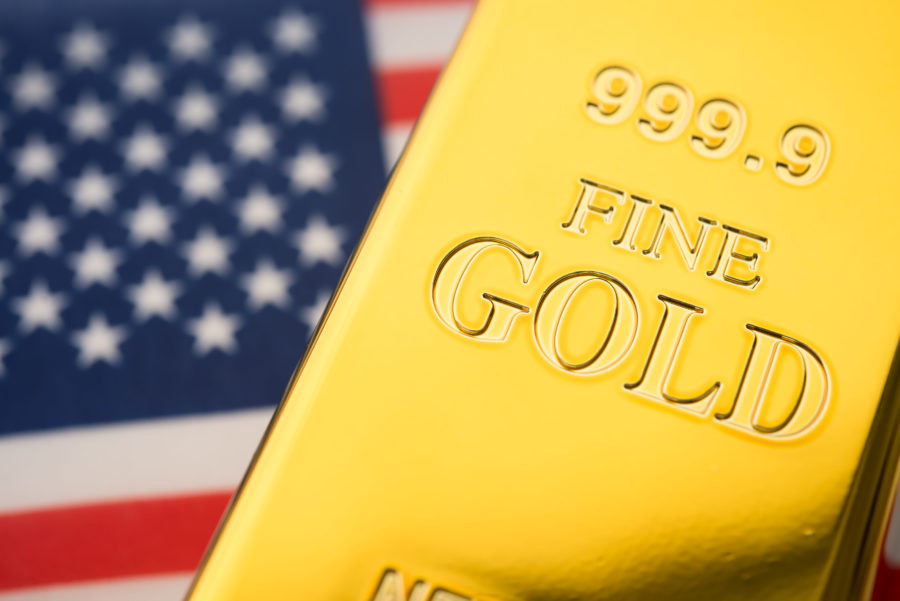Diamonds need some new best friends

(The opinions expressed here are those of the author, Clara Ferreira Marques, a columnist for Bloomberg)
It’s looking decidedly somber out there for the world’s favorite sparkly stone.
Diamonds were ailing even before the coronavirus came along. Now, weeks into lockdowns in the U.S. and elsewhere, all but the largest diggers, polishers and retailers are struggling for cash.
Unable to sell its stones, Dominion Diamond Mines, the miner that sold luxury brand Harry Winston to Swatch Group AG in 2013, filed for insolvency protection late Wednesday. Anglo American Plc’s De Beers cut 2020 production guidance by a fifth Thursday, in line with demand.
To secure their future, diamond giants may need a rebranding akin to the storytelling feat pulled off by Harry Oppenheimer, the late De Beers chairman who cultivated the engagement ring to overcome a slump after the Great Depression.
In so doing, he forged a tradition that fueled sales for decades. Today, a refreshed myth-making effort could target the post-pandemic concerns of millennial consumers: marketing the diamond as a store of value in volatile times comparable to art, which is also authentic, traceable and sustainable.
The real concern is demand, where a grim outlook for disposable incomes suggests a hoped-for 2020 recovery is impossible, even as supply shrinks
Since 2011, when prices peaked thanks to China’s new shoppers, diamonds have faltered. Lab-grown stones, initially priced confusingly close to the real thing, posed a challenge. To make things worse, a supply glut hit the market, pushing producers to cut prices.
A 26-million-carat increase in 2017 was the largest single-year volume addition since 1986, according to consulting firm Bain & Co. Meanwhile, financing availability shrank dramatically as traditional lenders pulled away. A 2018 fraud scandal involving celebrated Indian jeweler Nirav Modi didn’t help.
The coronavirus will accelerate some developments that aren’t unwelcome. In supply terms, the industry may look healthier if older or more marginal mines are obliged to stop digging.
Rio Tinto Group last year had already announced the 2020 closure of its Argyle mine, which produces both low-quality gems and fabled pink diamonds, taking some 13 million carats out of global annual production of just over 140 million.
The current crisis will add to that. In March, Dominion stopped work at its Ekati mine in Canada, and other pits have been closed or are working only partially. Not all will return.
There will be a shakeout among polishers and perhaps more integration in some parts of the industry, of the sort demonstrated by Louis Vuitton’s purchase earlier this year of the largest rough diamond since 1905.
Sales of rough and polished stones will change too, as travel restrictions in South Africa, Botswana and India push more deals online. It’s a remarkable feat for a conservative industry that thrives on face-to-face interaction, and arcane systems like De Beers’ “sights,” as its regular sales are known.
Yet the scale of this health crisis, rapidly turning into an economic cataclysm, has also made other problems far worse. India’s polishers are not only strapped for credit, but also struggling with a weaker rupee, lockdowns and curfews; Thousands of workers have been forced to leave hubs like Surat altogether.
Elsewhere, both diamantaires and jewelry buyers are stuck at home, making it harder to clear excess inventory. The flow of diamonds has dwindled to barely a trickle.
The real concern is demand, where a grim outlook for disposable incomes suggests a hoped-for 2020 recovery is impossible, even as supply shrinks. The very top of the market may be insulated, but further down even China’s “revenge purchases” aren’t going to be enough. As my colleague Nisha Gopalan has pointed out, such splurges won’t save luxury products — especially if U.S. job losses continue to pile up. Inventory could flood the market, too.
All this upheaval does makes it a good time to rethink the storytelling behind diamonds, though. Coordinated marketing, once the industry’s go-to solution, will need to make a comeback as consumers emerge from the wreckage of coronavirus. Post-pandemic values may change broadly.
Three things could be highlighted. First, a store of value for the long term, especially for the largest gems where prices vary less. Like art, or fine wine, only wearable.
Better yet, to appeal to the millennials that make up its consumer base, the industry can promote the stones’ authenticity, building on existing work around provenance and traceability, dating back to the Kimberley Process, the multilateral system aimed at ensuring the proceeds of diamond mining aren’t used to fund conflict. The industry is also sustainable, with relatively clean, chemical-free processes.
Marketing spend has recovered after a dip in the past decade, but coordinated industry expenditure remains far below even the early 2000s. While the likes of De Beers and Alrosa PJSC may be reluctant to sponsor cash-strapped smaller rivals, it would be money well spent. Nearly seven decades after Marilyn Monroe’s immortal song, it’s time for a new myth.
(By Clara Ferreira Marques)
{{ commodity.name }}
{{ post.title }}
{{ post.date }}

Comments